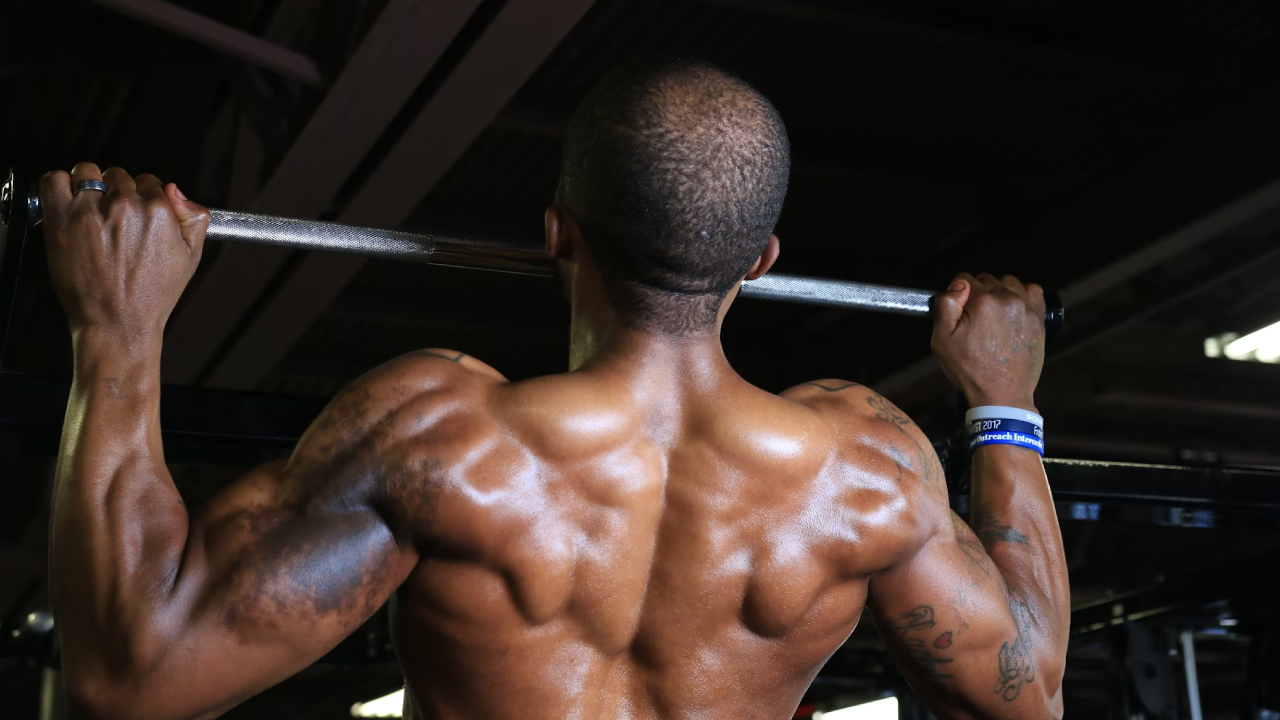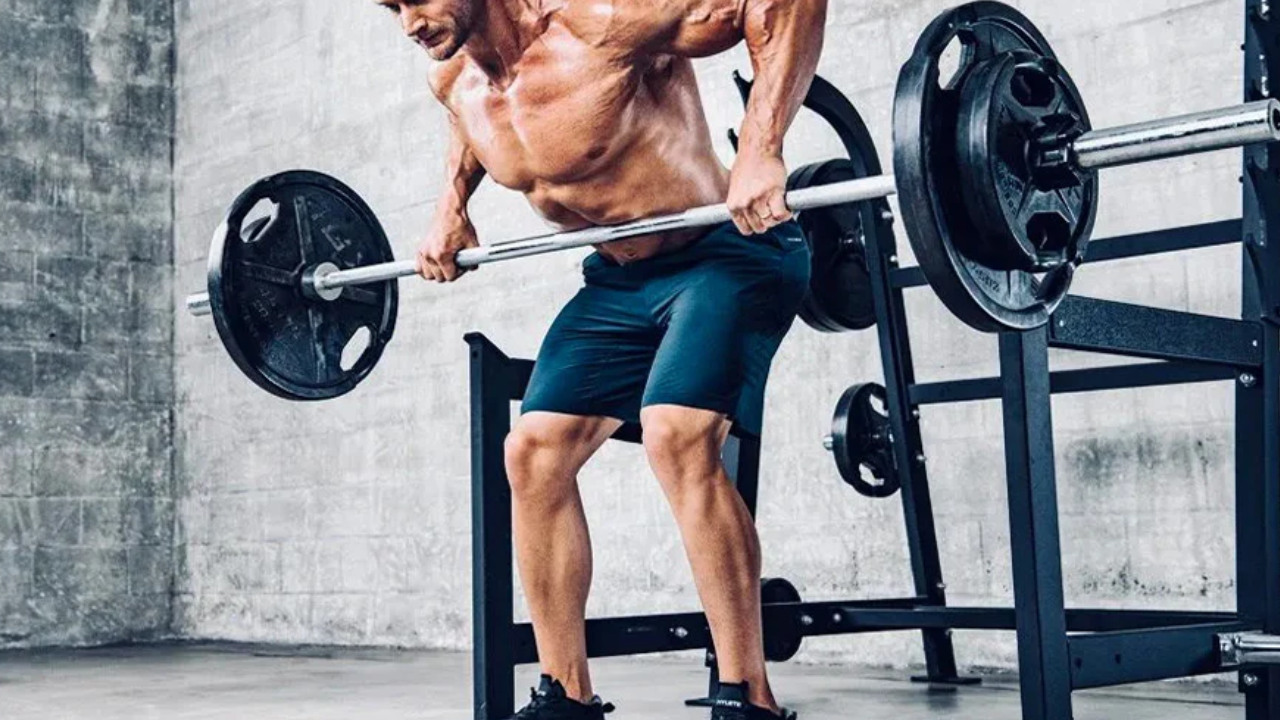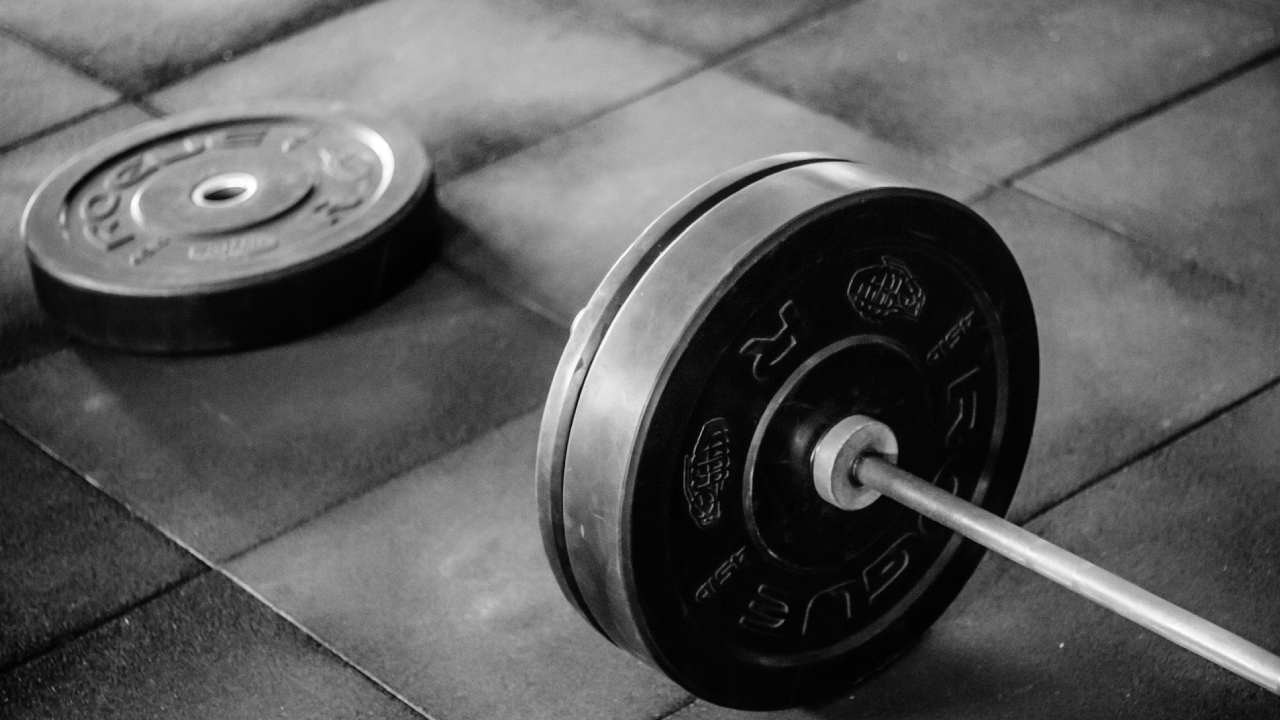Building a bigger and stronger back is essential for more than just aesthetics; it plays a crucial role in overall functional strength, posture, and injury prevention. A well-developed back helps with other compound movements like squats and deadlifts, and it also aids in daily activities, such as lifting or pulling.
Whether you’re looking to improve your physique or enhance performance, focusing on key exercises that target all areas of the back is essential. Here are the three best exercises for achieving a bigger, stronger back and how to incorporate them into your training regimen.
Table of Contents
1. Deadlift: The King of Back Builders

Why It’s Effective:
The deadlift is often referred to as the king of all exercises due to its ability to engage multiple muscle groups, with a significant focus on the back. It is a compound movement that primarily targets the lower back (erector spinae) but also recruits the upper back, lats, and traps, making it an essential lift for overall back development. The deadlift not only promotes hypertrophy (muscle growth) but also enhances strength, which translates well to other lifts and real-life functional tasks.
Muscles Worked:
- Primary: Lower back (erector spinae), glutes, hamstrings
- Secondary: Traps, lats, rhomboids, core
How to Perform the Deadlift:
- Stand with feet shoulder-width apart, the barbell over the middle of your feet.
- Bend at the hips and knees, grabbing the bar with an overhand or mixed grip.
- Brace your core and maintain a neutral spine throughout the lift.
- Drive through your heels and extend your hips as you lift the barbell to a standing position.
- Slowly lower the bar back to the ground, ensuring your spine remains neutral.
- Repeat for the desired number of repetitions.
Tips for Success:
- Form over weight: Never sacrifice form for heavier weight. Improper technique can lead to serious injury, especially to the lower back.
- Engage the core: Keeping your core tight will help protect your lower back and ensure proper posture throughout the movement.
- Use chalk or straps if needed: To avoid grip fatigue, especially as the weight gets heavier, consider using lifting chalk or straps to maintain a solid grip.
Deadlift Variations for Back Strength:
- Sumo Deadlift: A wider stance and different angle of pulling, which can help focus more on the glutes and lower back.
- Romanian Deadlift (RDL): This variation isolates the hamstrings and lower back, focusing more on the eccentric phase for added hypertrophy.
2. Pull-Ups: Mastering Upper Back and Lat Width

Why It’s Effective:
Pull-ups are a bodyweight exercise that emphasizes the lats (latissimus dorsi), which are responsible for creating a V-tapered back. When done correctly, pull-ups also engage the traps, rhomboids, and biceps, providing a complete upper-body workout. Mastering pull-ups is a sign of upper body strength and can be modified or enhanced with various grips to target different parts of the back.
Muscles Worked:
- Primary: Lats, biceps
- Secondary: Traps, rhomboids, rear deltoids
How to Perform the Pull-Up:
- Grip the pull-up bar with an overhand grip, hands slightly wider than shoulder-width apart.
- Hang from the bar with arms fully extended, engaging your lats.
- Pull your body up until your chin clears the bar, keeping your elbows tucked and shoulders down.
- Lower yourself back to the starting position in a controlled manner.
- Repeat for the desired number of repetitions.
Tips for Success:
- Full range of motion: Ensure you’re lowering all the way down to a dead hang between each rep to engage the full range of your back muscles.
- Use assistance if needed: If you’re new to pull-ups, consider using a resistance band or an assisted pull-up machine to build strength over time.
- Grip variations: Use different grips (narrow, wide, underhand) to target various parts of the back and biceps.
Pull-Up Variations:
- Chin-Ups: An underhand grip that focuses more on the biceps but still works the lats and upper back.
- Wide-Grip Pull-Ups: This variation places greater emphasis on the upper portion of the lats and helps build width.
- Weighted Pull-Ups: Once you master bodyweight pull-ups, adding weight can further challenge the muscles and promote growth.
3. Bent-Over Barbell Row: Complete Back Engagement

Why It’s Effective:
The bent-over barbell row is another compound movement that focuses on the entire back, particularly the middle and upper portions. This exercise is known for building thickness and strength by engaging the lats, traps, rhomboids, and even the lower back to some extent. The row also strengthens your core and improves posture, making it a fundamental movement for a well-rounded back routine.
Muscles Worked:
- Primary: Lats, rhomboids, traps
- Secondary: Lower back, rear deltoids, biceps
How to Perform the Bent-Over Barbell Row:
- Stand with feet hip-width apart, holding a barbell with an overhand grip.
- Bend at the hips, keeping your knees slightly bent, and lower your torso until it’s nearly parallel to the ground.
- Let the barbell hang at arm’s length in front of you.
- Row the barbell towards your lower chest or upper abs, squeezing your shoulder blades together at the top.
- Lower the barbell back down in a controlled manner and repeat.
Tips for Success:
- Maintain a flat back: Keep your spine neutral throughout the movement to prevent injury.
- Controlled motion: Avoid using momentum or swinging the weight; focus on slow, controlled reps for maximum muscle engagement.
- Squeeze at the top: Focus on contracting your shoulder blades together at the top of each rep to maximize engagement of the rhomboids and traps.
Bent-Over Row Variations:
- Dumbbell Row: This variation allows for a greater range of motion and can help address any muscle imbalances between sides.
- T-Bar Row: A great alternative that can be easier on the lower back while still providing the benefits of the traditional row.
- Pendlay Row: A more explosive version of the row, where the barbell touches the floor between each rep, emphasizing power and explosiveness.
Building a Back Routine for Maximum Gains

Now that you know the top three exercises for a bigger and stronger back, it’s essential to understand how to structure them within a workout routine for the best results. Here’s a sample workout plan that you can incorporate into your training regimen:
Sample Back Workout:
- Deadlifts: 4 sets of 5-8 reps
- Pull-Ups: 4 sets of 8-10 reps (use weight if necessary)
- Bent-Over Barbell Rows: 4 sets of 8-12 reps
- Optional Accessory Exercises:
- Face Pulls (for upper back and rear delts): 3 sets of 12-15 reps
- Lat Pulldowns (if pull-ups are too challenging): 3 sets of 10-12 reps
Rest and Recovery:
Rest is a crucial part of building muscle, especially when it comes to back training. Since the back muscles are involved in many compound lifts and daily activities, it’s important to allow enough recovery time between sessions. Aim to train your back 1-2 times per week, depending on your overall workout split, and ensure you’re getting enough sleep and nutrients to support muscle growth.
Nutrition for a Bigger and Stronger Back
While exercise is essential, proper nutrition plays an equally important role in developing a bigger and stronger back. Here are some key dietary tips to support muscle growth:
- Protein: Ensure you’re consuming adequate protein (1.6-2.2 grams per kilogram of body weight) to repair and build muscle. High-quality sources include chicken, lean beef, fish, eggs, and plant-based proteins like lentils and quinoa.
- Carbohydrates: Carbs provide the energy needed to fuel your workouts. Focus on complex carbs like oats, brown rice, and sweet potatoes.
- Fats: Healthy fats from sources like avocados, nuts, and olive oil support hormone production, which is essential for muscle growth.
